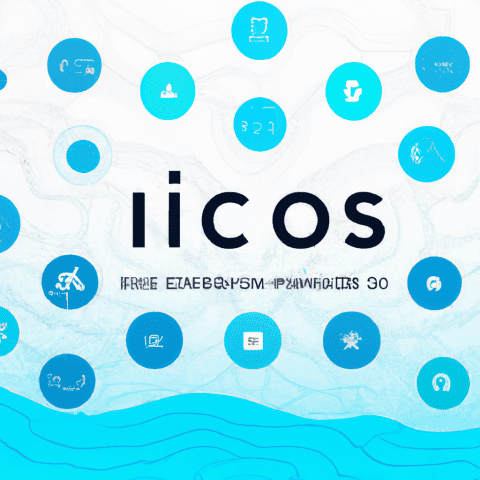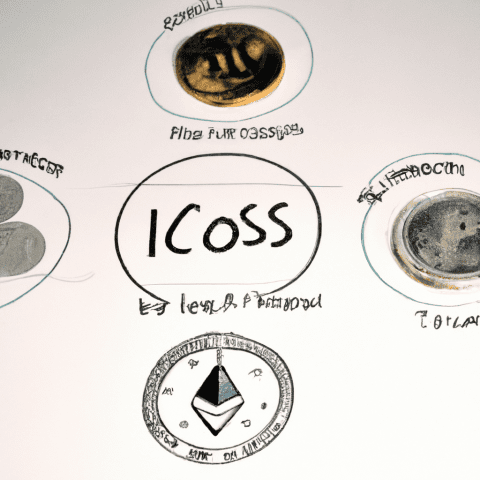In the ever-evolving world of cryptocurrency, Initial Coin Offerings (ICOs) and Initial Exchange Offerings (IEOs) have become popular methods for companies to raise funds. Understanding the differences between ICOs and IEOs is crucial for investors looking to navigate this market successfully. In this comprehensive guide, we will explore the distinctions between ICOs and IEOs, highlight the top ICOs and IEOs to watch out for in 2021, discuss the latest developments in the ICO/IEO market, and provide insights into upcoming ICOs and IEOs to expect in the coming months. Additionally, we will offer tips for successful investing in the world of ICOs and IEOs. Stay tuned for the latest ICO and IEO news and updates in this exciting and fast-paced industry.
1. "Exploring the Differences Between ICOs and IEOs: A Comprehensive Guide"
Initial Coin Offerings (ICOs) and Initial Exchange Offerings (IEOs) are both popular methods for companies to raise funds by issuing digital tokens. However, there are key differences between the two that investors should be aware of. In this comprehensive guide, we will explore the differences between ICOs and IEOs to help you make informed investment decisions.
One of the main differences between ICOs and IEOs is the platform on which they are conducted. ICOs are typically conducted by the project team themselves on their own website or through a third-party platform. On the other hand, IEOs are conducted on cryptocurrency exchanges, with the exchange acting as a middleman between the project team and investors. This can provide a level of trust and security for investors, as the exchange has already vetted the project before allowing it to launch an IEO on their platform.
Another key difference is the level of investor protection provided by ICOs and IEOs. With ICOs, investors are responsible for conducting their own due diligence on the project, which can often be time-consuming and risky. In contrast, IEOs typically have stricter listing requirements and due diligence processes, as exchanges have a vested interest in ensuring the success of the projects they launch. This can help protect investors from potential scams and fraudulent projects.
In terms of liquidity, IEOs generally offer better liquidity than ICOs. Since IEO tokens are immediately listed on the exchange after the offering, investors can easily buy and sell their tokens on the exchange's platform. This can be beneficial for investors looking to quickly exit their positions or take advantage of price fluctuations.
Overall, both ICOs and IEOs have their own advantages and disadvantages. It's important for investors to carefully research and evaluate each offering before making any investment decisions. Stay informed on the latest ICO and IEO news to discover top upcoming projects and stay ahead of the curve in the ever-evolving world of cryptocurrency investments.















